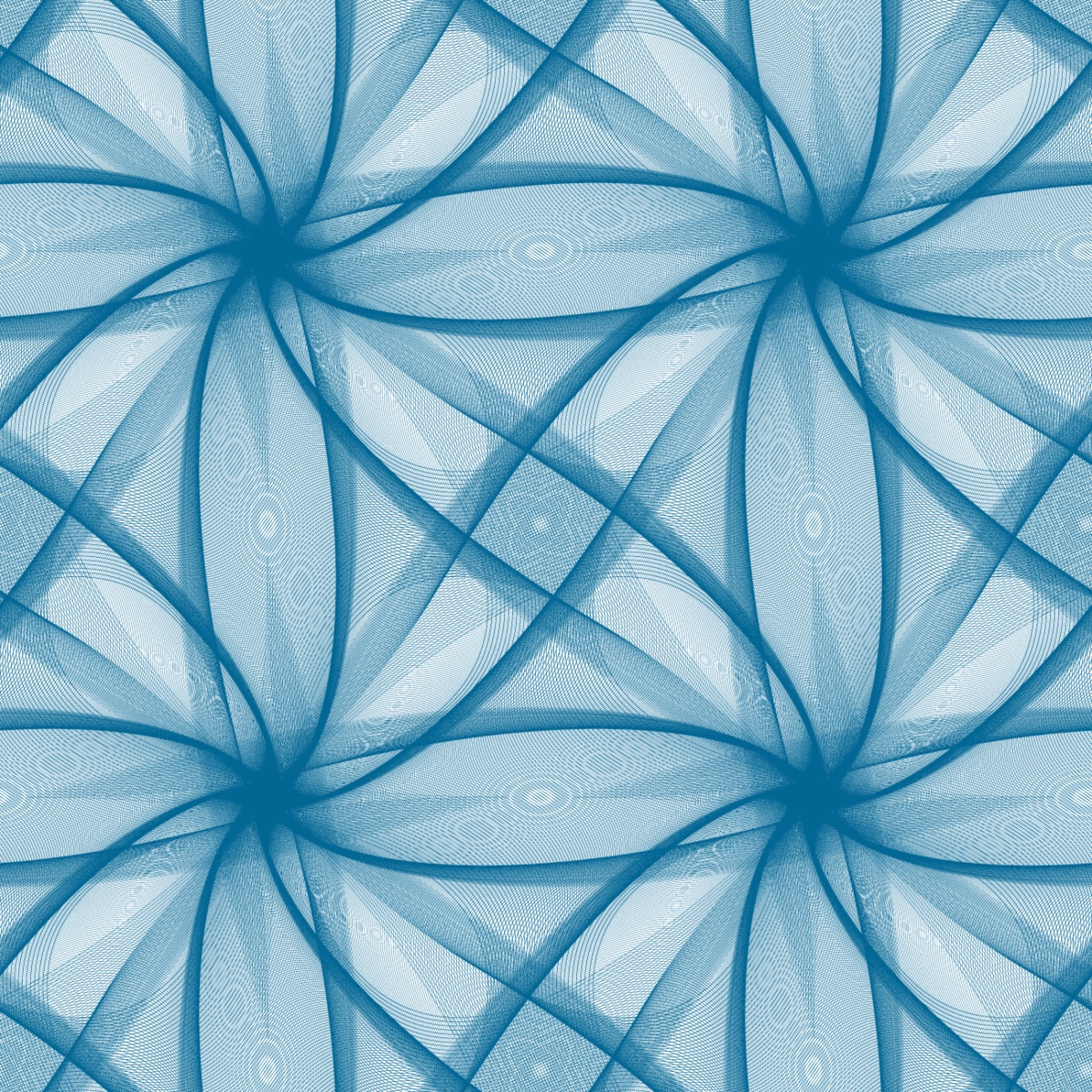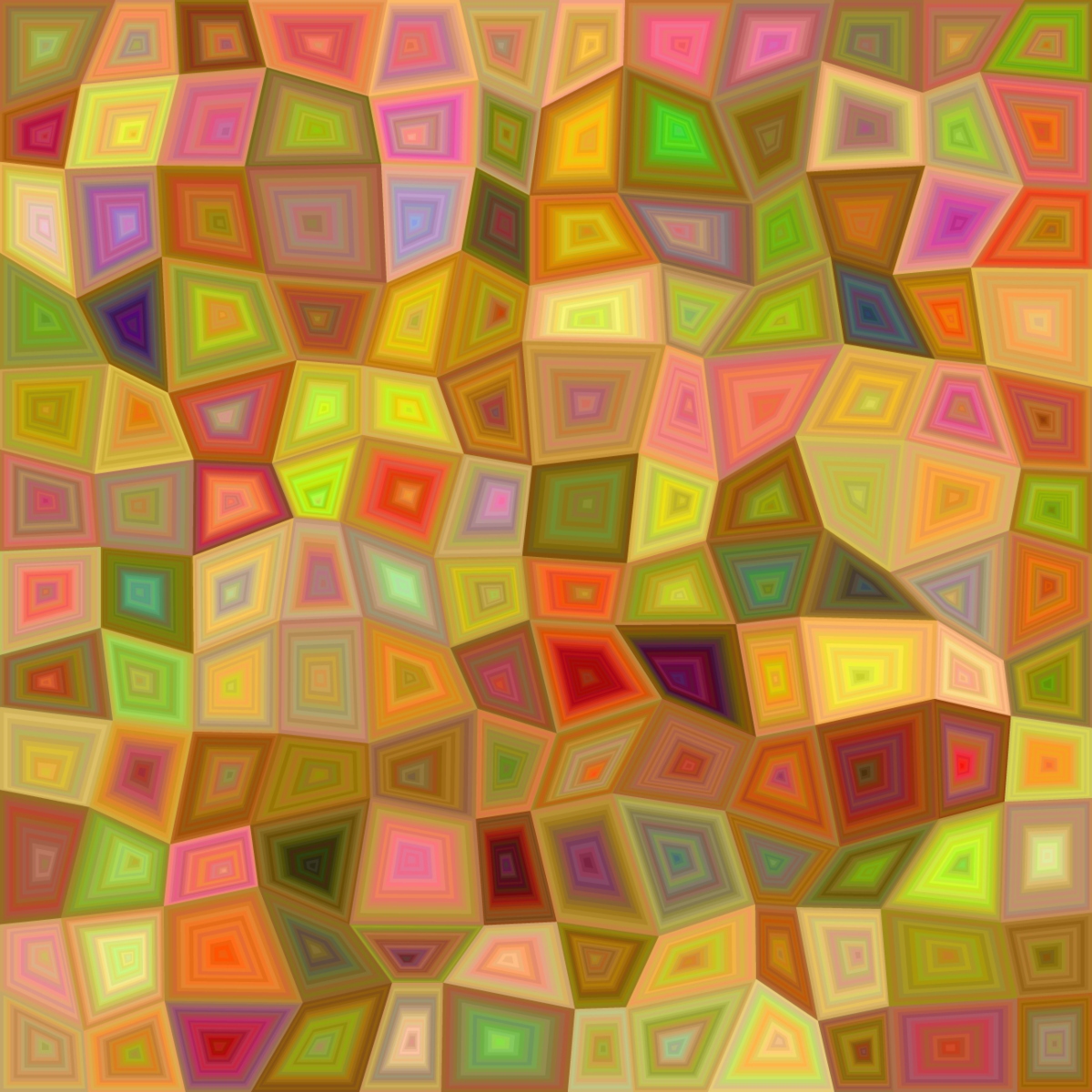Have you ever walked past a painting filled with squares, triangles, or circles and asked yourself, "Is that really art?" You’re not alone. Many people wonder if geometric art—a style based on shapes, patterns, and mathematical precision—can be counted as “fine” art. Isn’t fine art supposed to tell stories or express deep emotions? And how can simple shapes do that?
1. What Is Geometric Art?
Geometric art is a style of visual expression using shapes like circles, squares, triangles, and lines. It’s often clean, symmetrical, and precise. But it’s more than just "pretty patterns"—it’s a form of structured creativity where order becomes beauty.
2. The Ancient Roots of Geometric Art
Geometric art is ancient and global. From Greek vase designs and Islamic tiles to African tribal patterns, geometry has been a major artistic language. These patterns weren’t random—they symbolized beliefs, values, and harmony with the universe.
3. Fine Art Defined: What Qualifies?
Traditionally, fine art includes painting, sculpture, and other mediums created for beauty and intellectual stimulation. So, if geometric art makes you think, feel, or wonder—isn’t that fine art, too? Many believe that if something communicates without words, it counts.
4. Geometric Art in Classical and Modern Eras

In the 20th century, geometric art took center stage in movements like Cubism, Bauhaus, and Constructivism. Artists like Piet Mondrian used simple forms to express deep spiritual and emotional truths. Their work is now displayed in world-class museums, clearly falling under the fine art umbrella.
5. Can Shapes Speak Emotionally?
At first glance, geometric art may seem cold or impersonal. But shapes and colors can evoke feelings just as effectively as portraits of landscapes. A perfectly balanced pattern can create a sense of peace. A chaotic arrangement might reflect inner turmoil. Emotion isn’t always loud—it can be subtle, too.
6. Geometric Artists Who Made History
Some of the most respected names in modern art are geometric masters:
-
Piet Mondrian – Grid-based art using primary colors.
-
Kazimir Malevich – Known for "Black Square" and founding Suprematism.
-
Bridget Riley – Creator of mesmerizing Op Art.
-
Frank Stella – Blended geometry with color and movement.
These artists didn't just decorate—they transformed thinking through their work.
7. Geometry in Modern Art Movements
Movements like Minimalism and Op Art are rooted in geometry. Minimalists focus on simplicity and precision. Op Art uses shapes to trick the eye, creating illusions of depth or motion. These styles challenge viewers to interact mentally with the artwork.
8. The Influence of Math and Logic in Art
You might think of math as cold and art as warm—but geometric art bridges the two. It shows how logic and creativity can dance together, like a well-choreographed routine. Artists often use ratios, symmetry, and repetition to form visual harmony.
9. Technology and Digital Geometric Art
Today, digital tools let artists create infinite geometric variations with software like Adobe Illustrator or generative AI. New-age geometric art pushes boundaries even further, blending design, coding, and creativity.
10. Public Perception: Art or Decoration?
Some critics claim geometric art is "just decoration." But here's the twist: many of the same works hang in fine art galleries and museums. The line between design and art is blurry—what matters is intent and impact. If a piece stirs thought or emotion, isn’t that art?
11. Geometric Art in Fashion and Interiors
From fashion runways to home decor, geometric patterns are everywhere. Designers love how shapes bring energy and clarity to a space or outfit. This doesn’t make it less “art”—it just proves how versatile and universal geometric design really is.
12. Comparing Abstract and Geometric Styles

Geometric art is actually a subcategory of abstract art. While both avoid direct representation, geometric art sticks to straight lines and clean forms. Think of abstract art as a poem and geometric art as a haiku—short, sharp, and powerful.
13. Why Museums Embrace Geometric Art
Museums like the MoMA, Tate Modern, and Centre Pompidou proudly display geometric works. Their presence in these institutions confirms their cultural and artistic value. These are more than shapes—they’re symbols of modern thinking.
14. Educational Value and Artistic Technique
Geometric art teaches balance, proportion, and visual rhythm. It helps viewers and students understand concepts like symmetry, contrast, and spatial awareness. It's as much about intellectual engagement as it is about visual beauty.
15. Conclusion
So, let’s answer the big question—is geometric art fine art?
Yes, without a doubt. It may be built on shapes and lines, but it expresses ideas, provokes emotions, and challenges the viewer—just like any masterpiece should. It’s not about what you see, but how it makes you feel and think.
Comments on “Is Geometric Art Fine? Understanding Shapes Through the Lens of Fine Art”